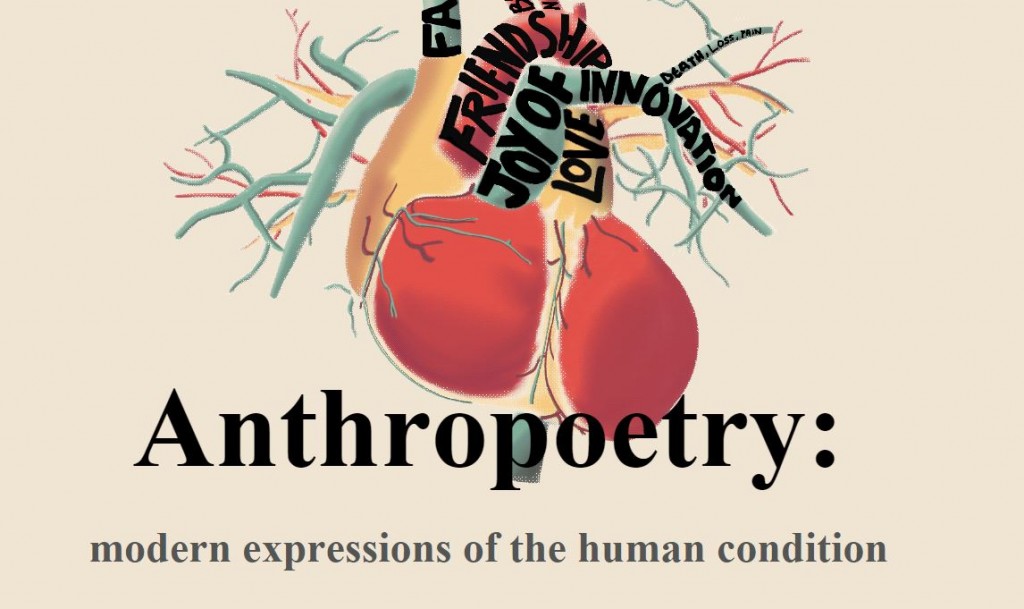Inventory Assignment #2
In How About Pleasure?, Dieter Roelstraete interrogates the under-valued notion of pleasure and play in modern society, inspecting questions like “What constitutes seriousness in curating?” and “Does the invocation of any form of pleasure, visual or otherwise, necessarily align curatorial practice with the evil forces of entertainment?”
Such examination reveals that, although it is a common notion that “art as an institution of critique is far too important to squander its precious energies over the futilities of ‘fun’,” pleasure is a cultural universal and is reflected in all human cultures (Roelstraete). This statement reveals that, not only are pleasurable exhibitions important to understanding and critiquing the human condition, but they also complement the more serious exhibits – which arguably are needed “to remind us, even in the comfortable seclusion of art, of the stark reality of the human condition outside art” (Roelstraete).
An example of this contrast done well, is the Creative Media and Digital Culture (CMDC) program’s Anthropoetry: Modern Expressions of the Human Condition exhibit that featured a diverse array of multimedial poetry during its reception to the public. This diversity of works from international artists played into the exhibit’s overarching theme of capturing “the emotions and experiences that constitute human life”: Birth to Youth, Joy of Discovery, Family and Friends, Love, Faith, Nature and Mortality (Anthropoetry).

Among these poems, a number of playful and game-like examples infuse the exhibit-space with a spark of pleasure – a human necessity – and thought-provokingly contrast the presence of more serious and darker pieces. Animalamina, New Word Order: Basra, and Stud Poetry are three titles under the category of “Pleasure”; they utilize poetical styles and conventions, while also including elements of play – interactivity, point scoring, set of rules – in order to convey important messages to their players. This inclusion of play, as a form of pleasure, reinforces Anthropoetry’s aims – as an exhibition – to capture human life, as well as its various stages, and ultimately reminds us of the importance of games in human culture.